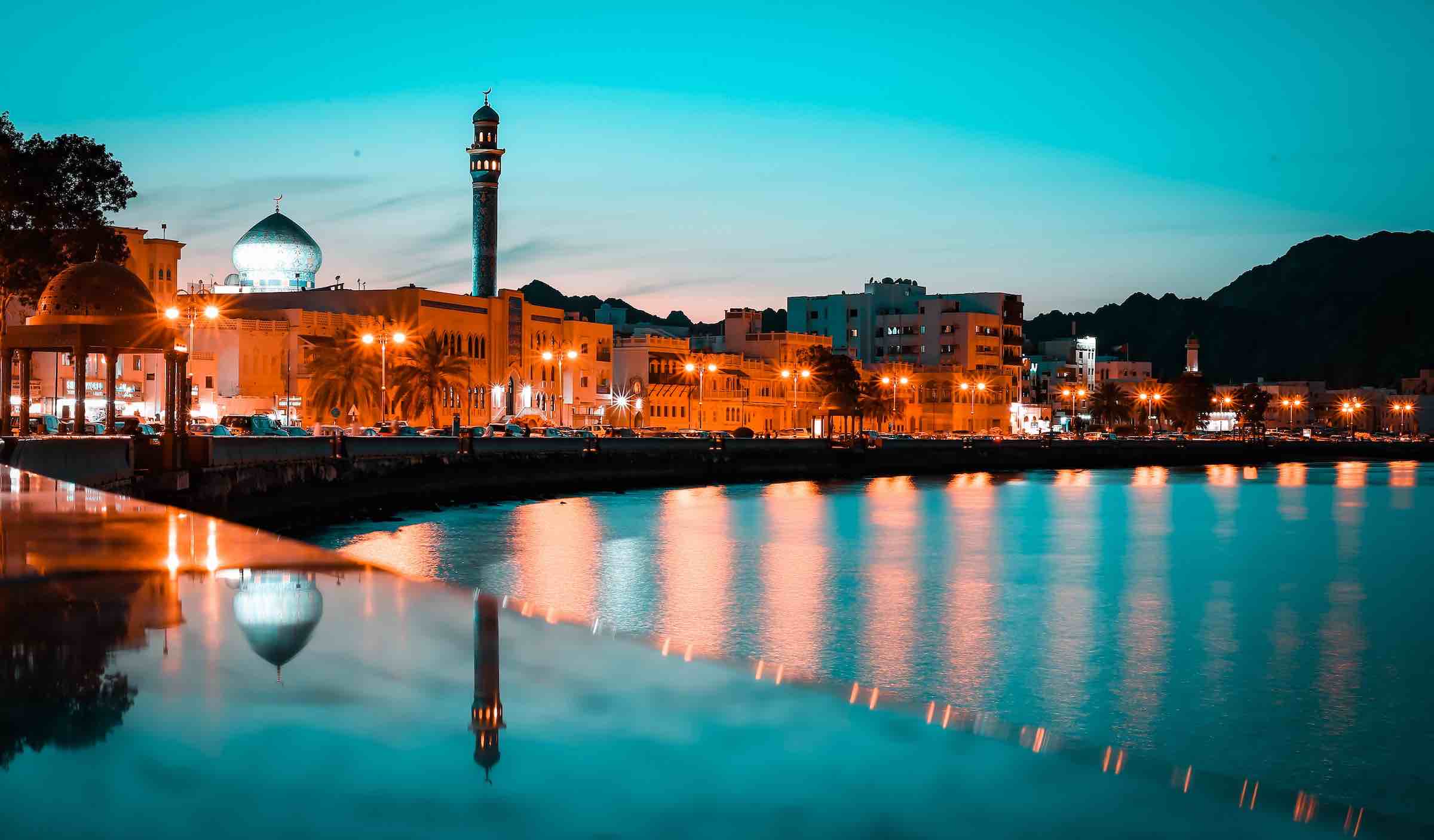Welcome to your comprehensive guide to the Tour of Oman, a captivating and prestigious event in professional cycling. This guide aims to provide you with a detailed and insightful overview of the race. Weaving together the essential elements of the event with the unique cultural tapestry of Oman. Whether you’re a cycling enthusiast, a seasoned traveller, or someone looking to experience a new adventure, this guide will help determine if the Tour of Oman aligns with your interests and preferences.
Embark on a journey through this guide, where you will find everything you need to know about the race’s routes. The mesmerizing landscapes, and the vibrant local culture surrounding it. We aim to equip you with all the necessary information, from logistical details to local attractions, ensuring you can fully immerse yourself in the experience. Let’s explore whether the Tour of Oman is the perfect addition to your travel and sporting calendar.
Overview
The Tour of Oman is a UCI Asia Tour professional cycling stage race held annually in February. The race is named after the Sultanate of Oman, a country located on the southeastern coast of the Arabian Peninsula. Traditionally it is held over six days (2023 was 5), with stages that take in a variety of terrain, from flat coastal roads to challenging mountain climbs.
The race is a good preparation for the more prestigious Grand Tours, such as the Tour de France and the Giro d’Italia. As the event is not currently televised it is probably one of the least represented cycling races.
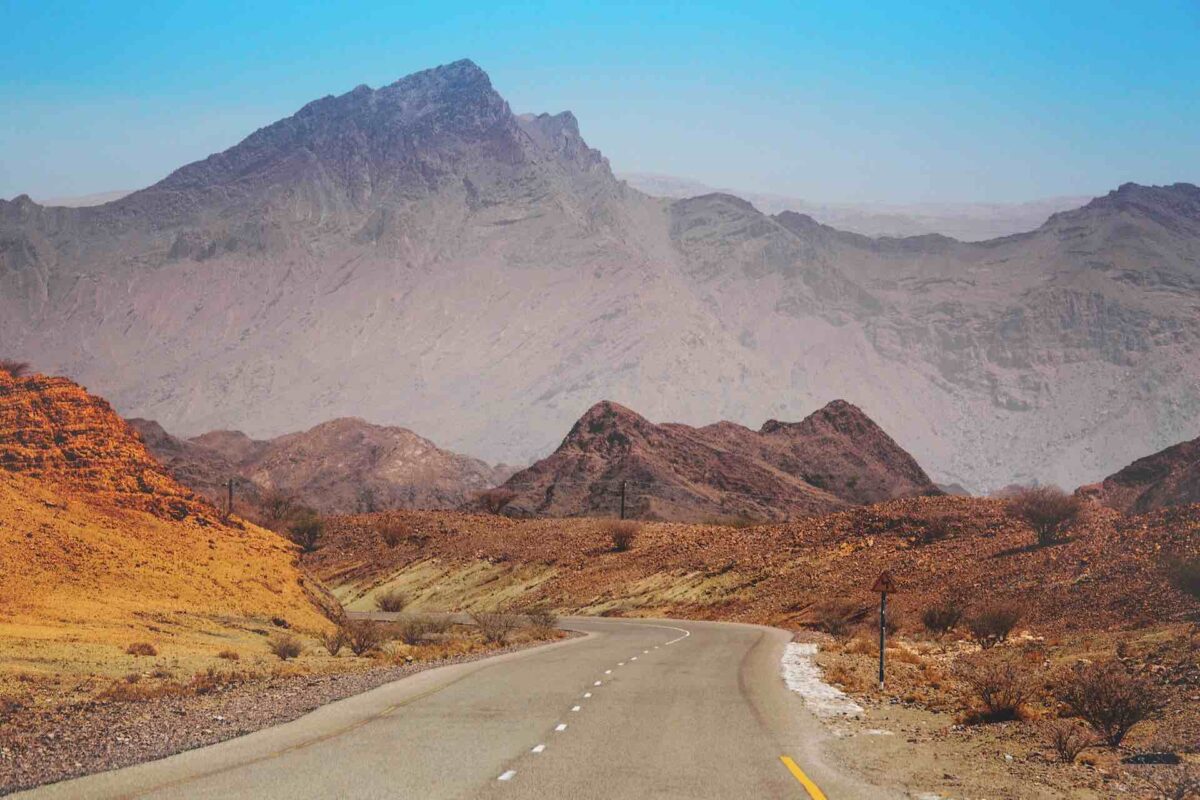
History
In 2010 the Sultan of Oman was the driving force behind the creation of the Tour of Oman, and he was instrumental in bringing the race to life. It was part of the effort to promote Oman as a tourist destination and showcase its natural beauty and cultural heritage.
It is organised by the Amaury Sport Organisation (ASO), which is also known for organising other prominent cycling events, including the Tour de France. The race has been held annually ever since, and it has quickly become one of the most popular cycling races in the Middle East.
Visa
In line with national efforts to promote and ease services for tourists visiting Oman, nationals of 103 countries and regions are exempt from entry visas for stays up to 14 days.
Foreign Ministry Of Oman
The exemption is subject to certain requirements including a prior and confirmed hotel booking, health insurance, and a return ticket.
Route
The route of the Tour of Oman changes each year, but it typically takes in a variety of terrain, from flat coastal roads to challenging mountain climbs. The race is often held in February, which is the shoulder season in Oman, so the weather is usually mild and sunny. The race starts in Muscat, the capital of Oman, and finishes in Nizwa, a historic city located in the interior of the country.
Contenders
The Tour of Oman is a popular destination for some of the world’s top cyclists. The race is often used as a preparation for the more prestigious Grand Tours, so many of the top sprinters, time trialists, and climbers in the world compete in the race. Recent winners of the Tour of Oman include Vincenzo Nibali, Chris Froome, and Alejandro Valverde.
2023 Teams/Riders
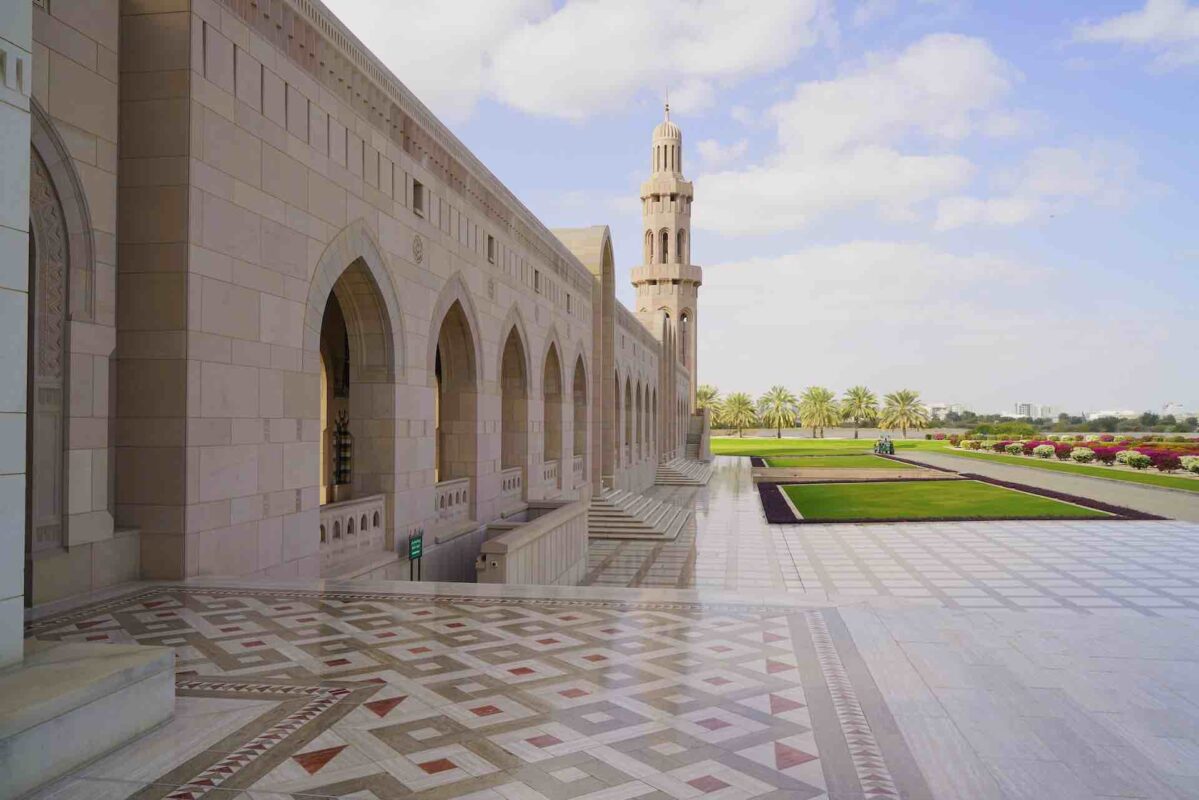
Getting There
Flights to Oman are regular and Oman Airlines do fly direct from Muscat to Heathrow. British Airways along with other operators do fly to Oman.

Costs
- Economy: £320+
- Business: £1,600+
- First Class; £3,800+
If you do take your own bike in a bike box we have advice on British Airways bike policy.
Food
Omani cuisine is a rich and diverse blend of flavors, reflecting the country’s diverse cultural influences. It’s heavily influenced by Arabic, Indian, and Persian cuisine, and it’s characterised by its use of fresh, locally-sourced ingredients, such as dates, seafood, and spices.
Omani cuisine is also known for its use of spices, such as cardamom, cloves, turmeric, and saffron. These spices give Omani dishes their distinctive flavour and aroma.
Places To Eat
- Bait Al Luban Omani Restaurant: (Here) Reviews
- Bait Al Mandi Restaurant: (Here) Reviews
- Ubhar: (Here) Reviews
- Mumtaz Mahal: (Here) Reviews
Culture
Oman culture is a rich tapestry woven from various indigenous and cosmopolitan influences. This cultural fusion is evident in Oman’s art, music, cuisine, traditions, and language.
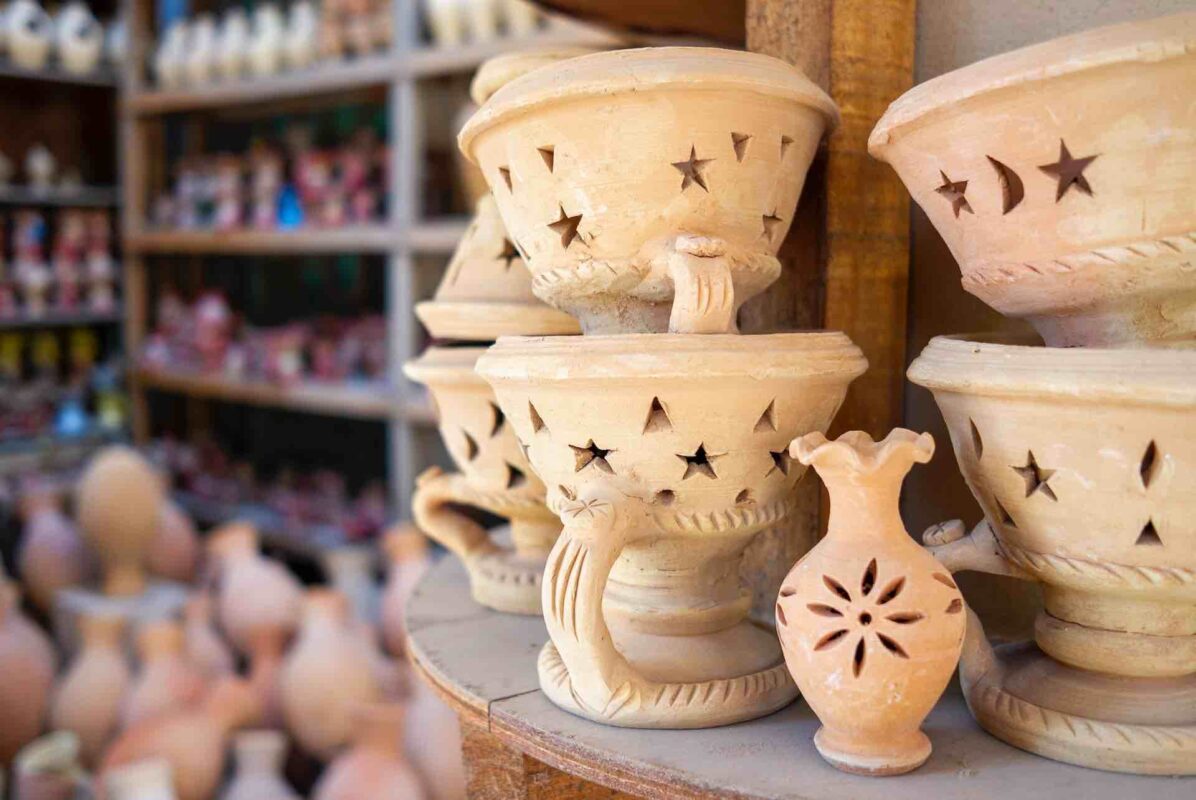
Art
Omani art reflects the country’s rich history and heritage. Traditional Omani handicrafts include pottery, textiles, and jewellery, which feature intricate designs and vibrant colours. Omani artists also excel in calligraphy, a skill that is deeply valued in Omani society.
Music
Omani music is a blend of traditional Bedouin melodies and modern influences. The oud, a stringed instrument, is a staple of Omani music, and other instruments, such as drums, flutes, and cymbals, often accompany it. Omani music is often used to celebrate special occasions like weddings and festivals.
Traditions
Omani traditions are deeply rooted in the country’s history and culture. The hospitality of Omanis is legendary, and they are known for their open arms and generous nature. Omani celebrations are filled with music, dance, and feasting, and they offer a glimpse into the country’s rich cultural heritage.
Language
Omani Arabic is the official language of Oman, and the vast majority of the population speaks it. However, many other languages are spoken in Oman, including Baluchi, Hindi, and Urdu.
Overall, Omani culture is a vibrant and dynamic blend of traditional and modern influences. It is a welcoming and hospitable culture that offers visitors a unique glimpse into the Middle East.
Guided Tour Companies
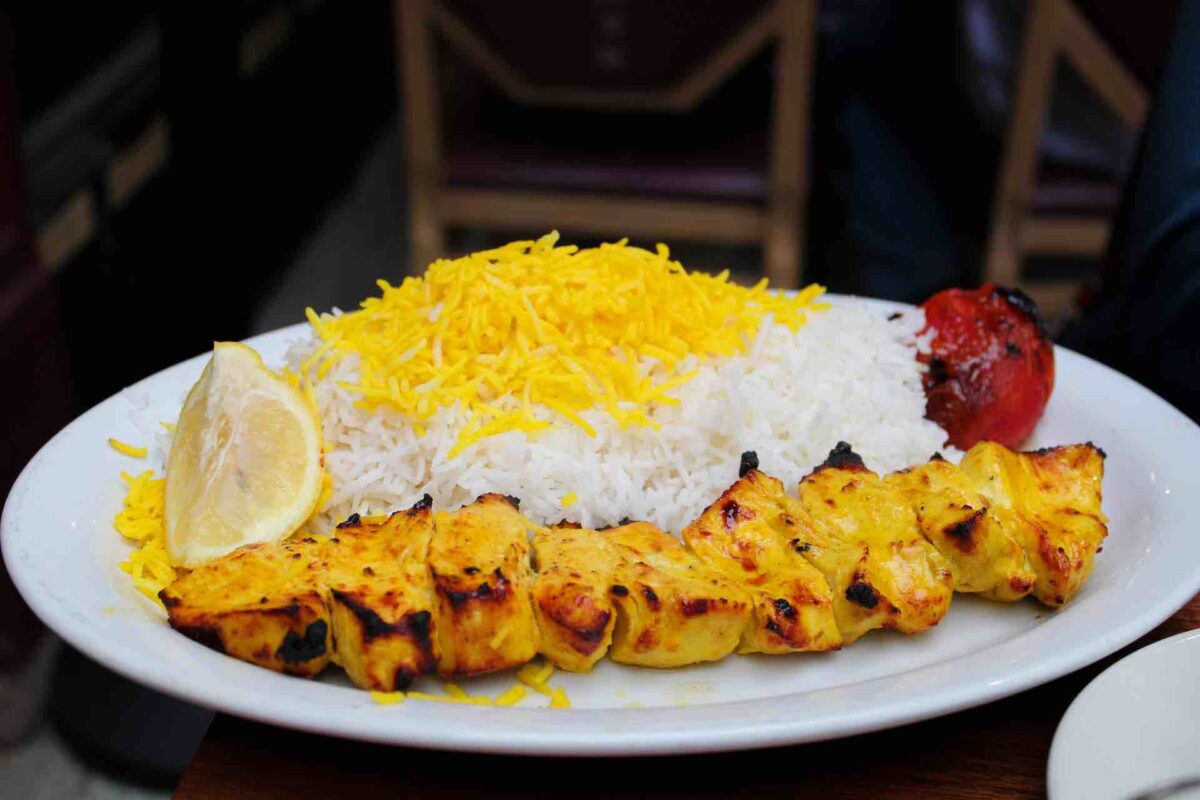
What To Wear
When packing for Oman, it’s crucial to respect the local culture and dress modestly, especially in public areas and religious sites. Here’s a guide to navigating appropriate clothing choices:
General rules of thumb:
- Cover shoulders and knees: Avoid tank tops, sleeveless dresses, and shorts above the knee. Opt for long-sleeved shirts, t-shirts with sleeves, and ankle-length pants or skirts.
- Loose and breathable clothing: Aim for natural fabrics like cotton and linen in loose fits for comfort in the warm climate. Tight-fitting clothes might attract unwanted attention.
- Head coverings for women: Consider wearing a headscarf (shayla) as a sign of respect, especially in mosques and traditional villages. Some hotels might provide one, but bringing your own is recommended.
- Men’s attire: Shirts or T-shirts with sleeves are preferred over tank tops. Long pants are advisable, and shorts are okay outside tourist areas if not too revealing.
Specific considerations:
- Beachwear: At resort beaches, swimsuits are generally acceptable. However, cover-ups like sarongs or beach dresses are recommended in public areas or beaches frequented by locals.
- Footwear: Comfortable shoes or sandals are best for exploring. High heels might be impractical due to uneven terrain in some areas.
- Formal occasions: A more formal dress code might be expected if attending a special event or visiting a high-end restaurant. Pack a dressy outfit for such situations.
Additional tips:
- Pack clothes in neutral colours like beige, blue, and green, which are less conspicuous.
- Bring sunglasses and a hat for sun protection.
- Consider layering in case of temperature changes, especially in the evenings.
- Be mindful of local customs and traditions, and adapt your clothing accordingly.
Remember, dressing modestly shows respect for Omani culture and enhances your travel experience. While following these guidelines, you can still express your style within appropriate boundaries. Have a wonderful time in Oman!
FAQ
The best time to visit Oman is between October and April, when the temperatures are warm (17°C to 35°C) yet not too hot
Visiting Oman is not cheap, the largest expenses are accommodation along with transportation & tours.
Yes it can be expensive to eat out in Oman so do your research before you visit and look at the recomndations we have provided in this guide.
Summary
Oman is a tremendous place to visit, it has diverse culture, food and places to see. It’s so much more than the event, it is a life experience and one that you will never forget.
Event Details
Month
February
Number Of Days
5/6 days
Country
Oman
Currency
Omani Rial: 1 = £2.04 / $2.60
Visa Requirements
None; If under 14 days
Hotel Cost
Range: ££ – £££££
Food Cost
Can be expensive
Weather
- Average Temp (Feb): 18 -26C
- Hours of Sunlight: 11 hours
- Average Rain: 2 day – 30mm
Flights
- Daily
- Cost: ££ – ££££
Travel Advice
Useful Links
More Cycling Events
Discover Oman’s Treasures:
- Cultural immersion: Go beyond the race route and explore Oman’s rich history and vibrant culture. Visit ancient forts, bustling souks, and majestic mosques.
- Natural wonders: Take in the breathtaking beauty of Oman’s diverse landscapes, from the turquoise waters of the Arabian Sea to the towering peaks of the Hajar Mountains.
- Warm hospitality: Experience the renowned Omani hospitality and connect with welcoming locals who are eager to share their culture and traditions.

